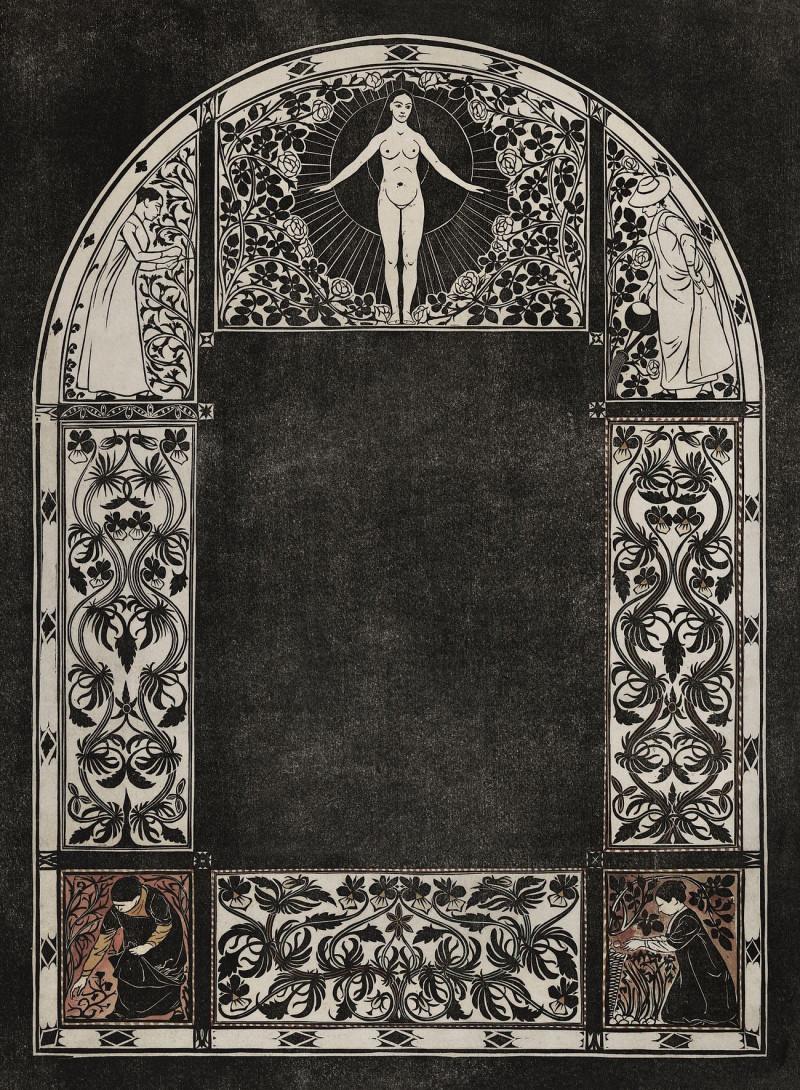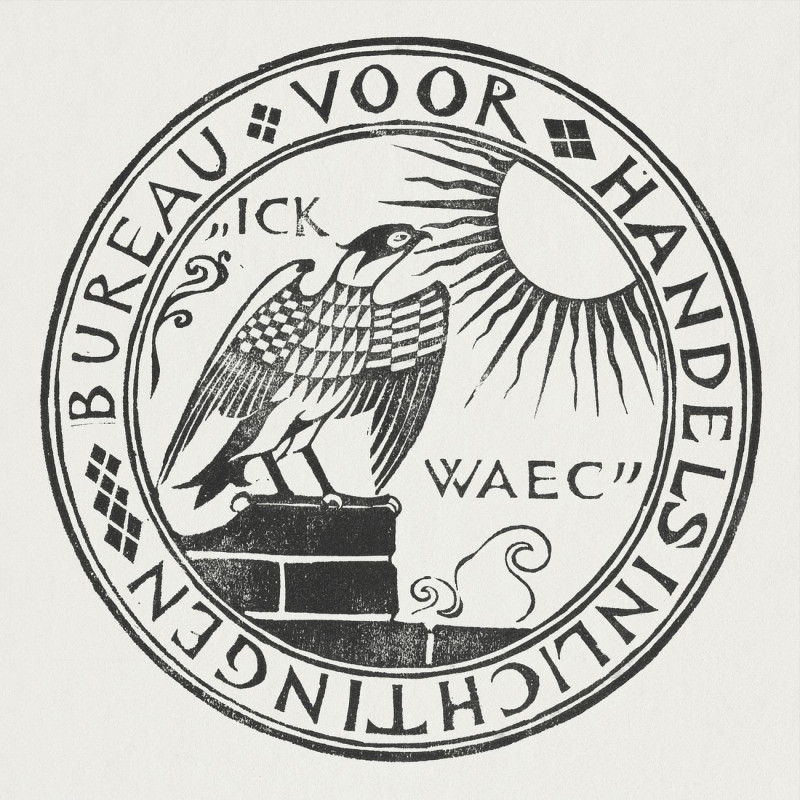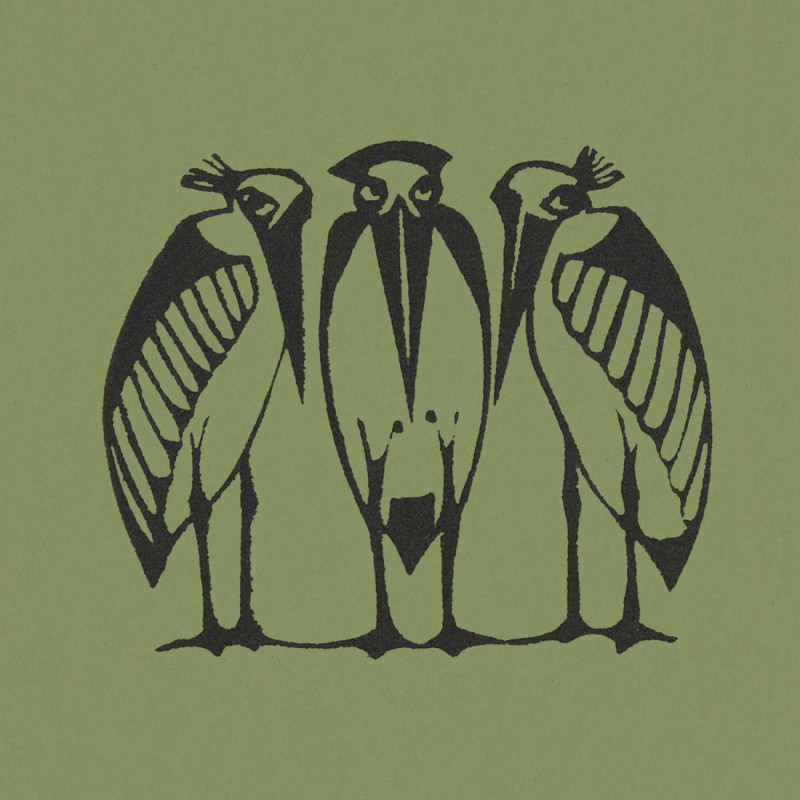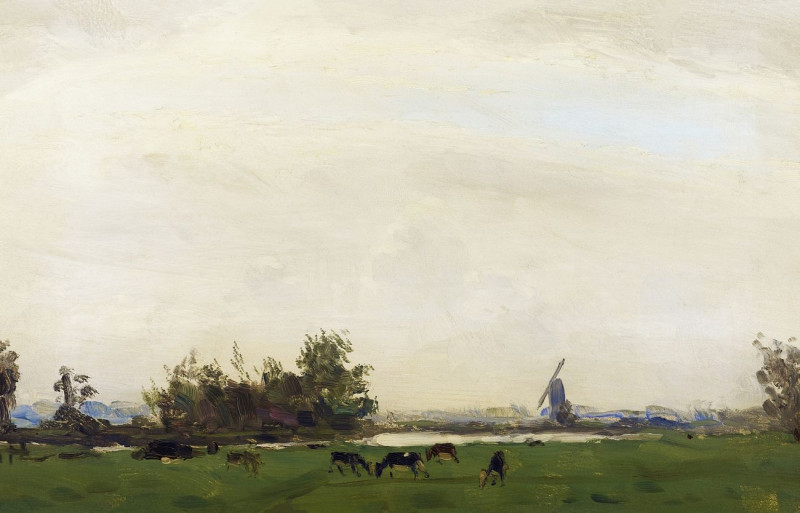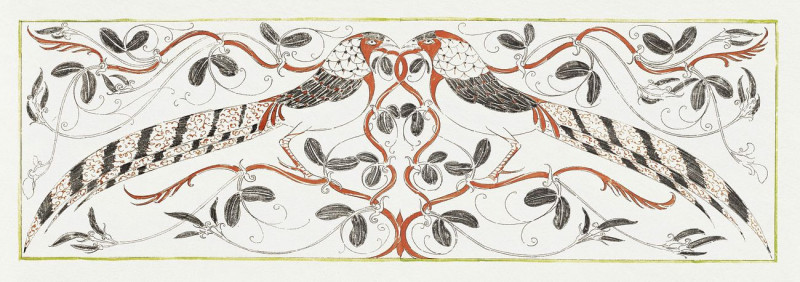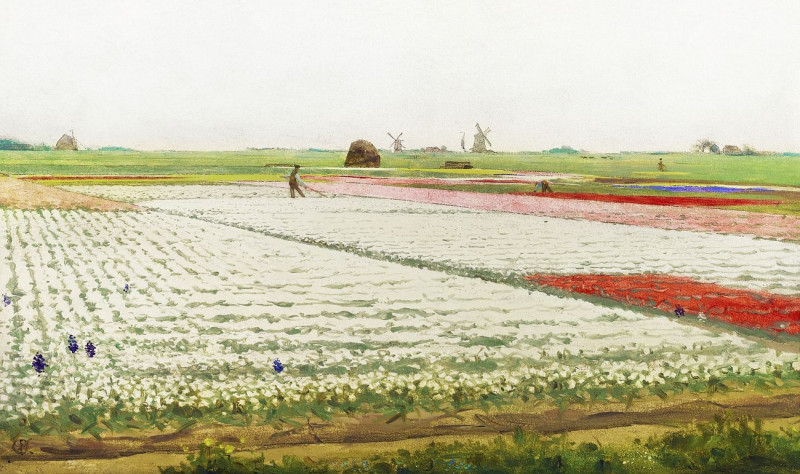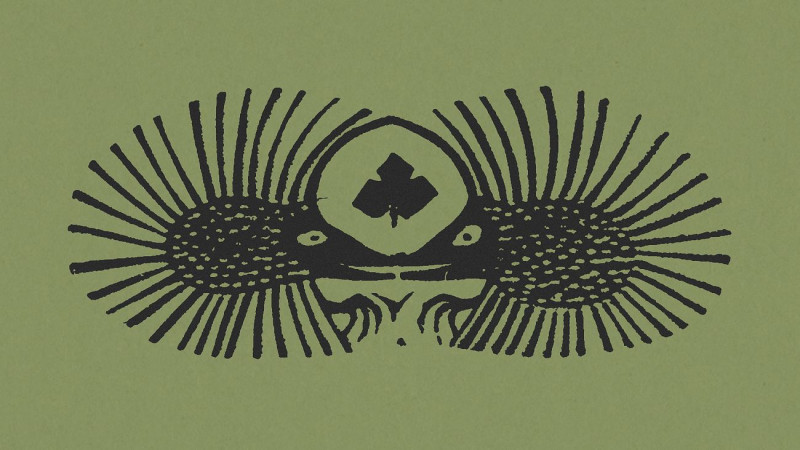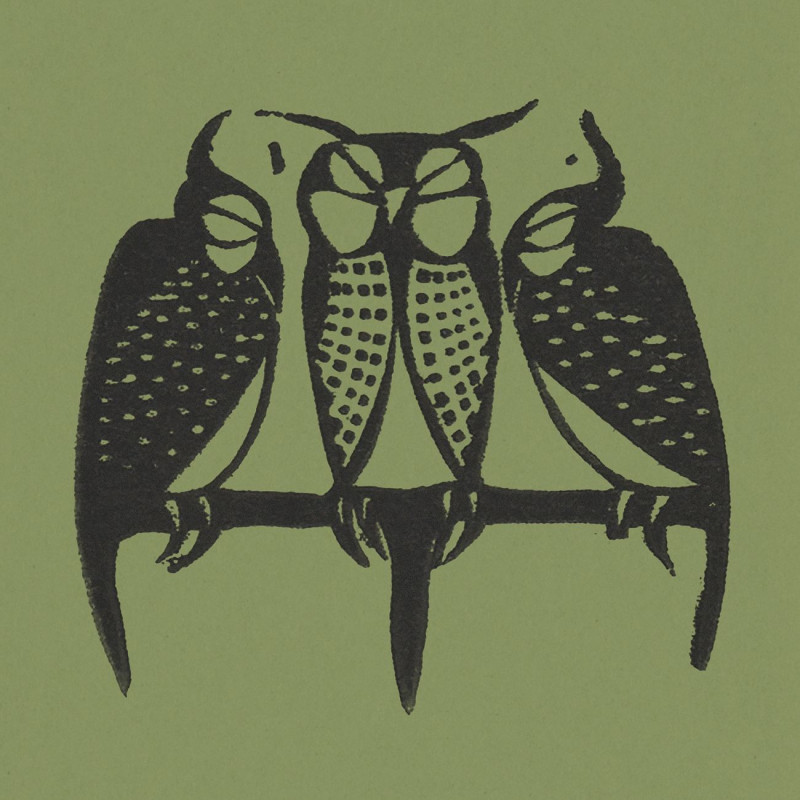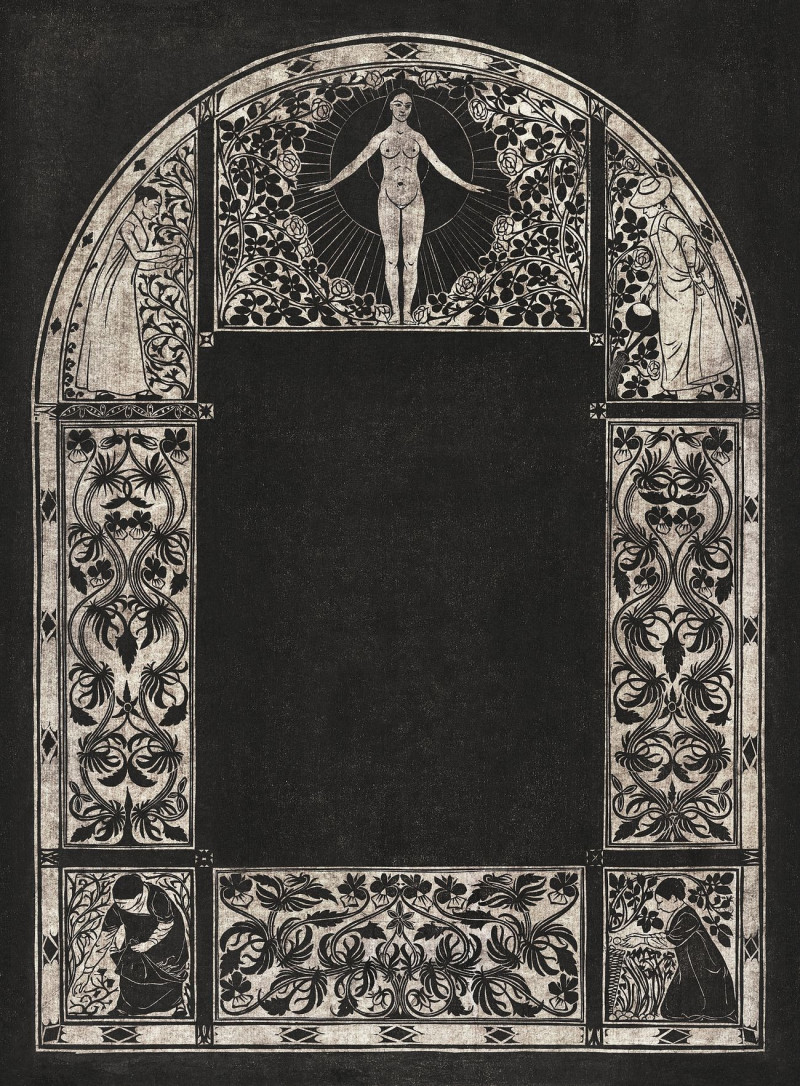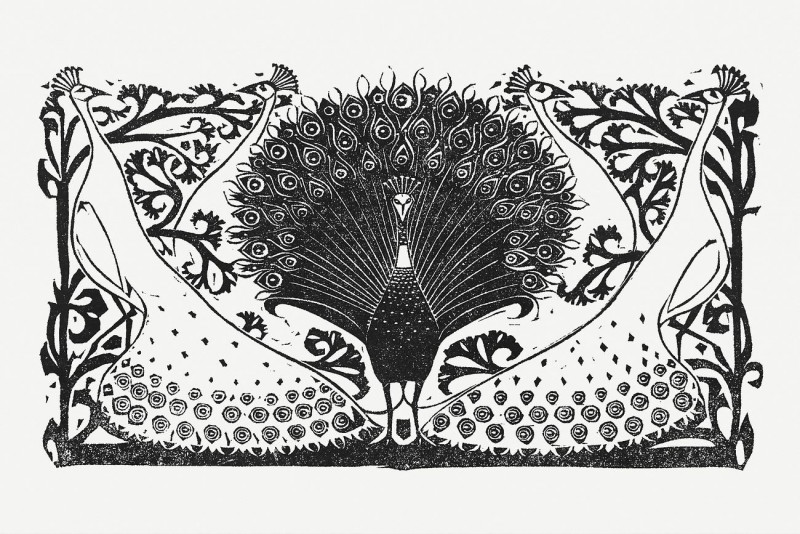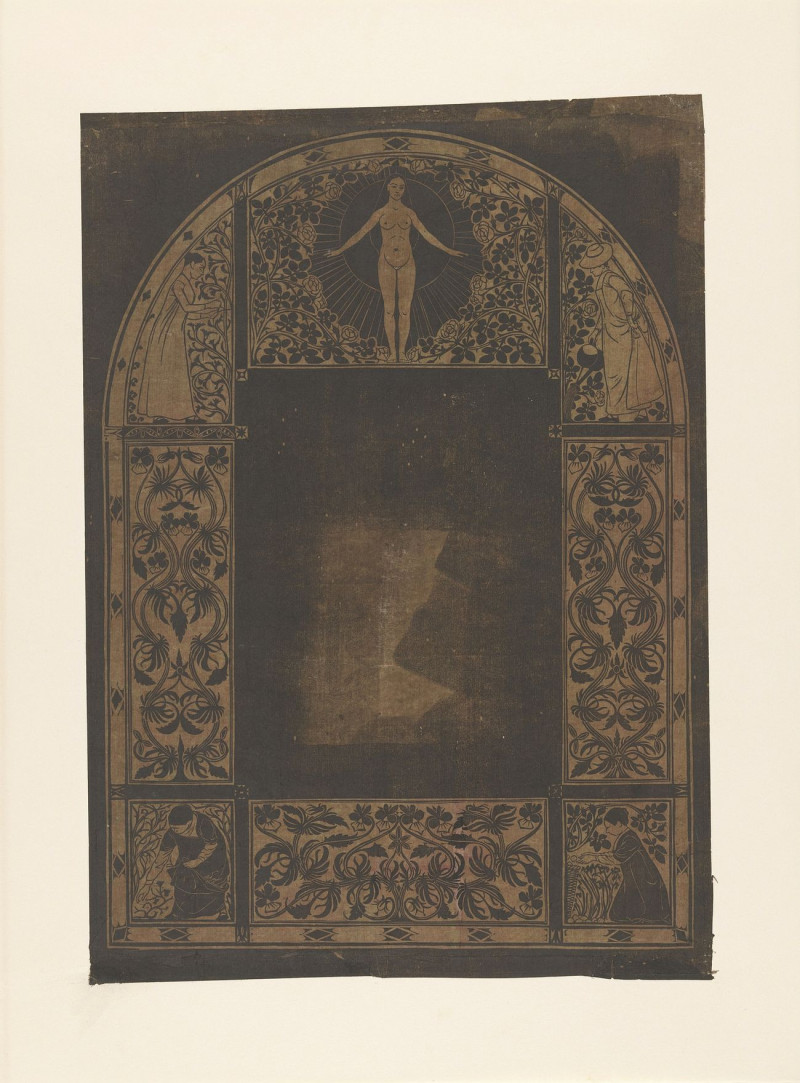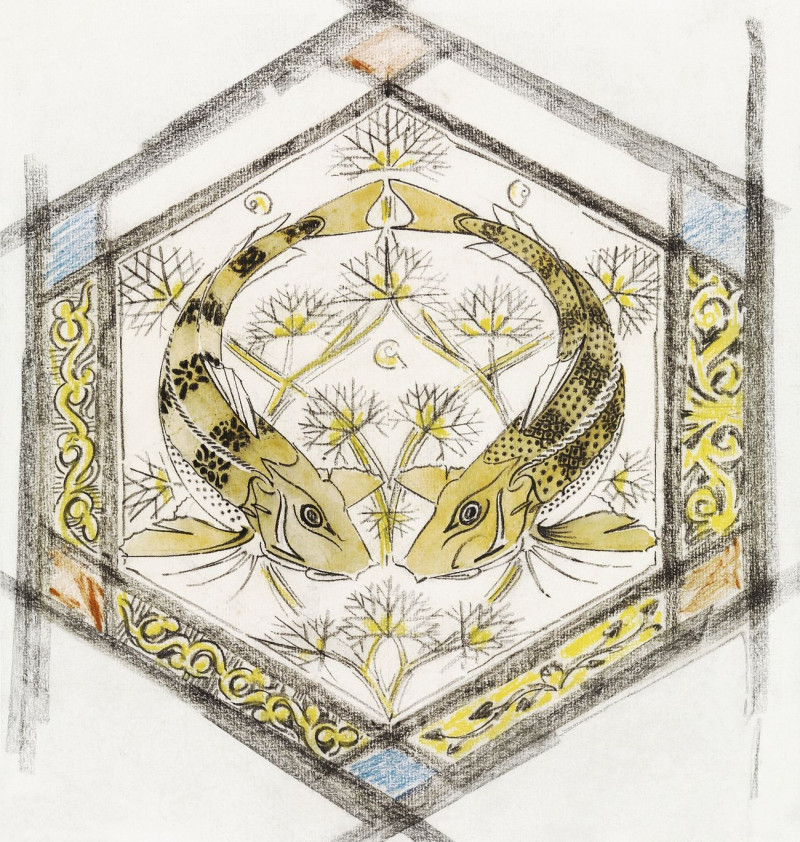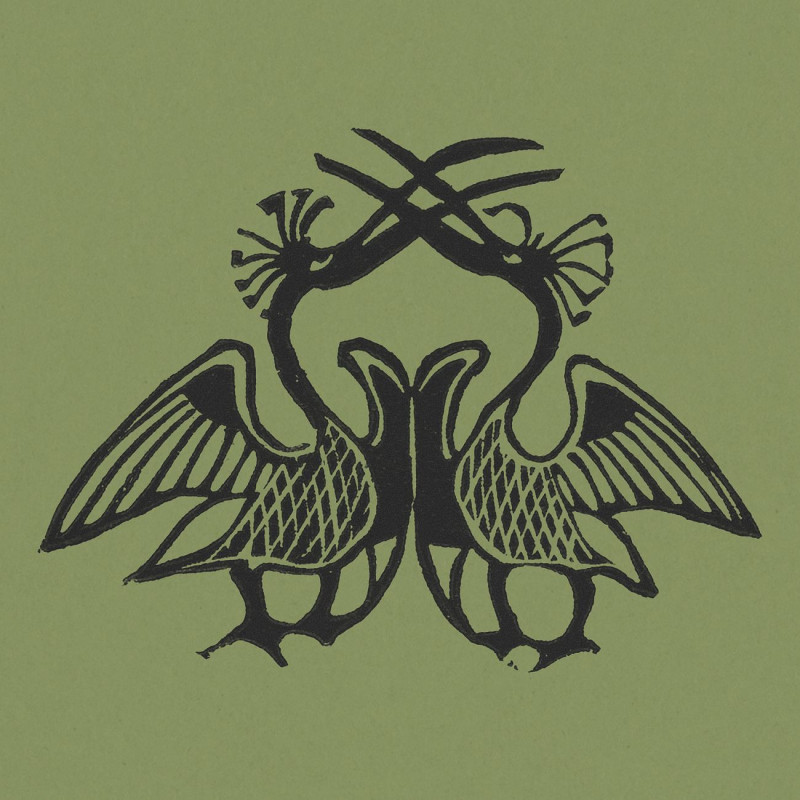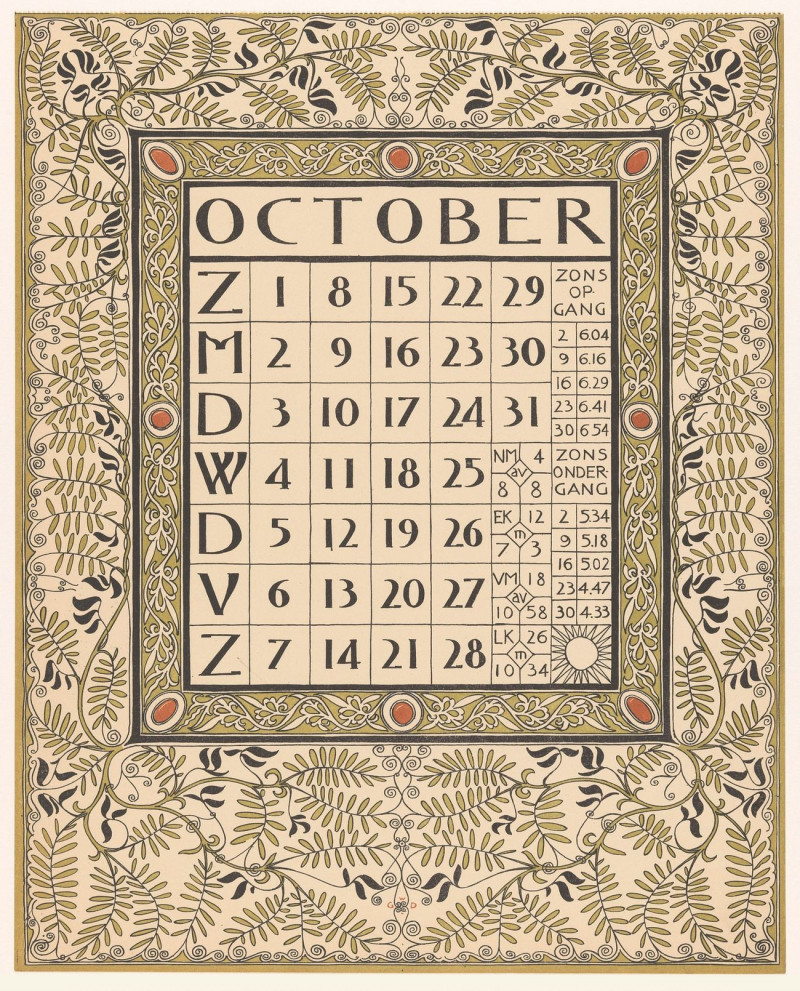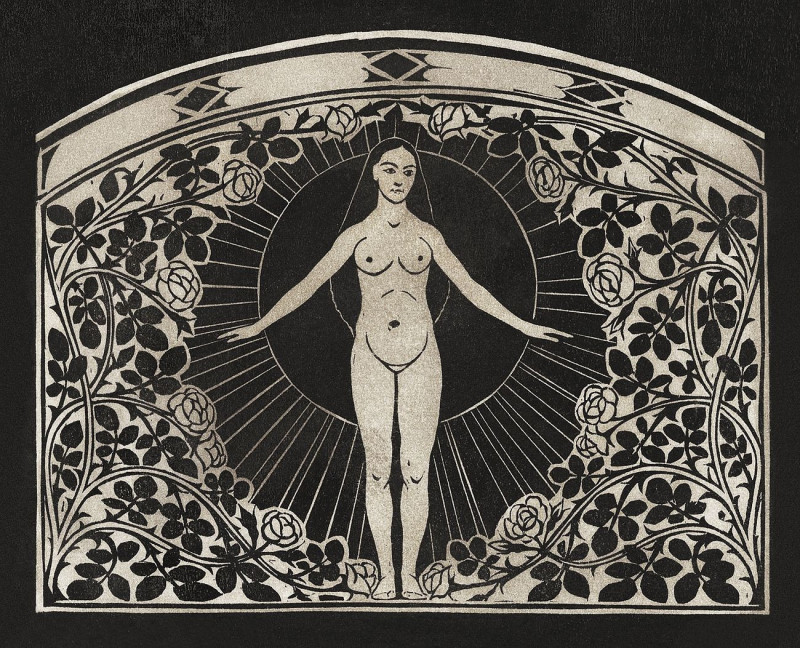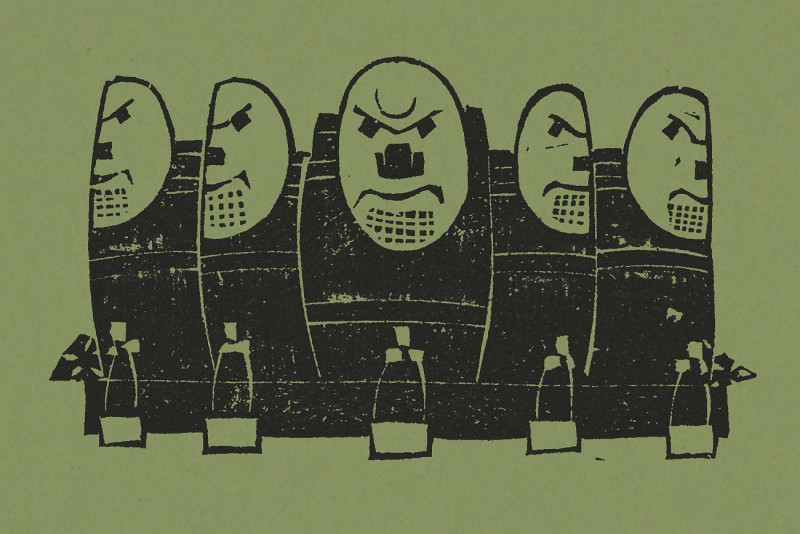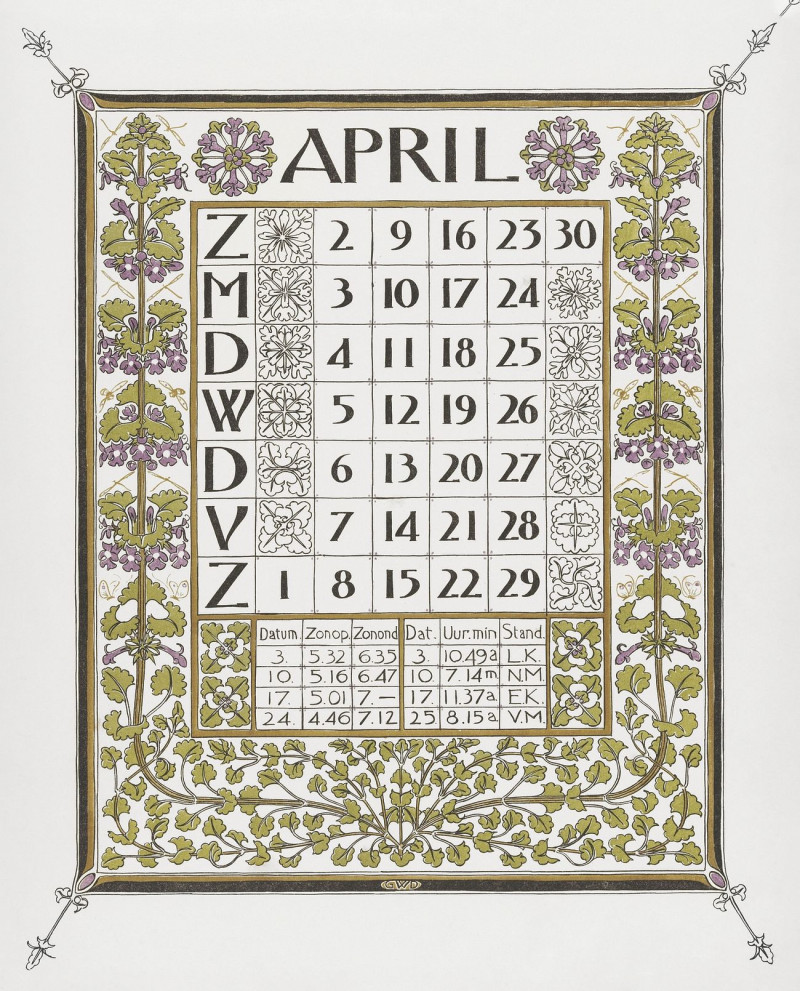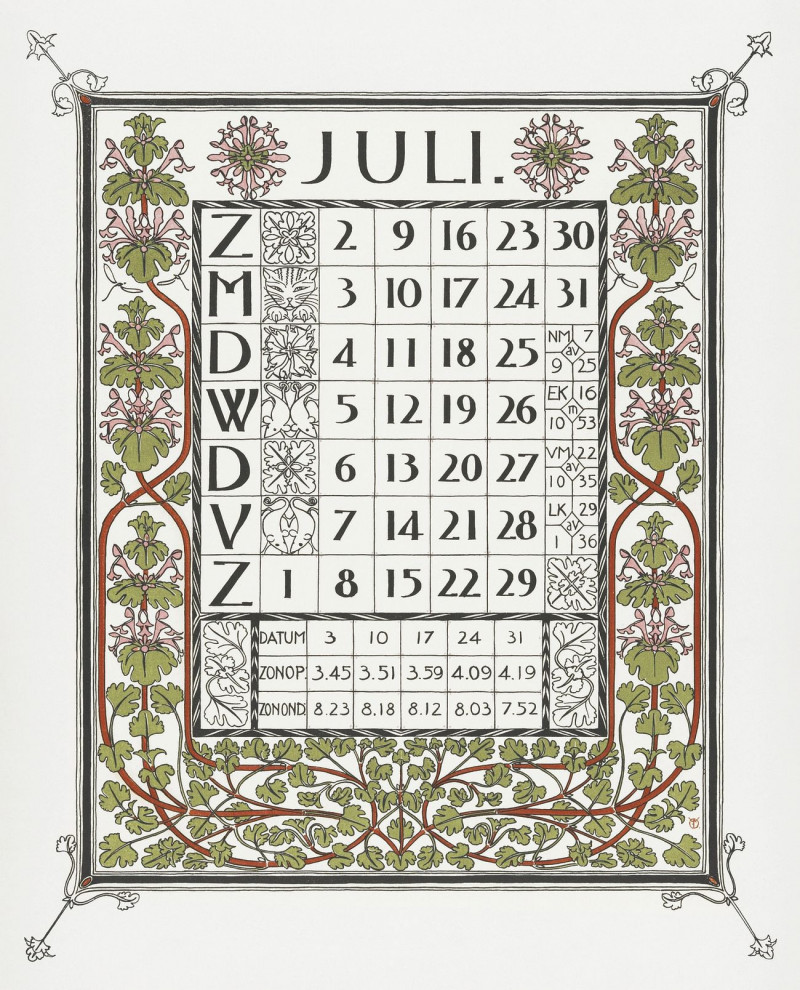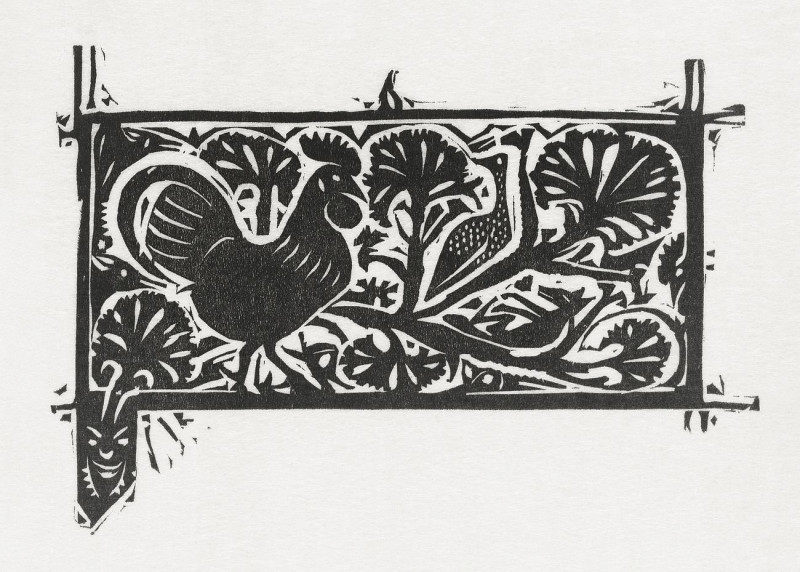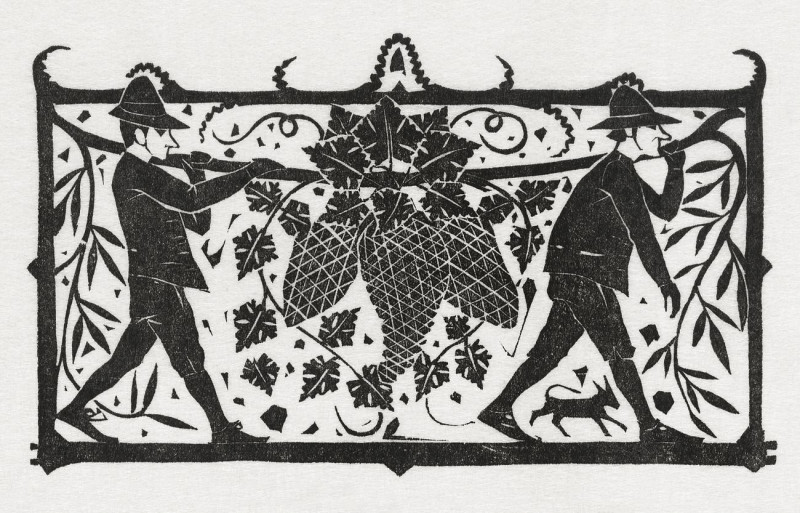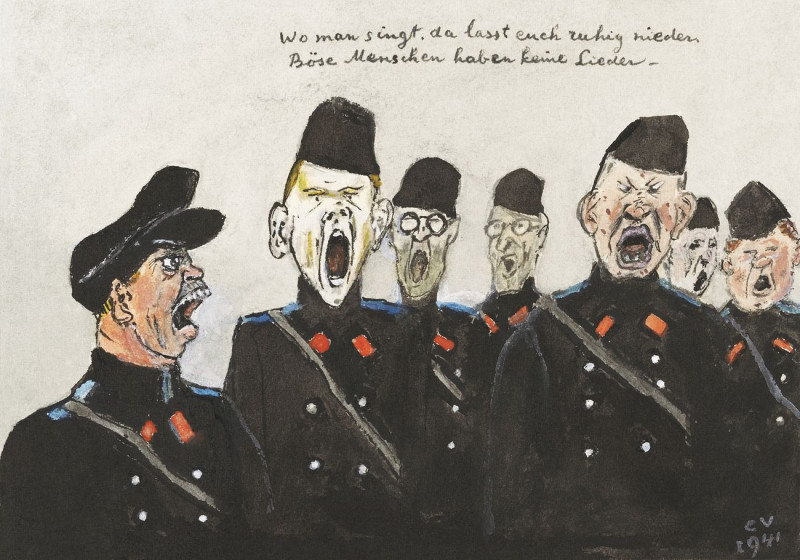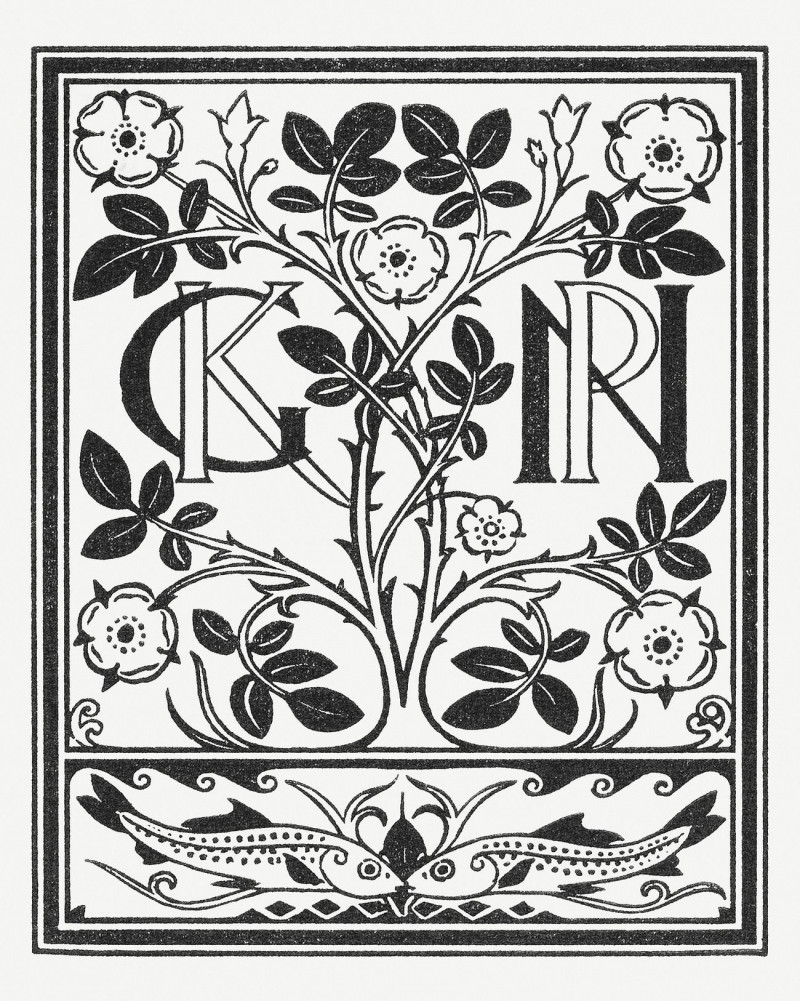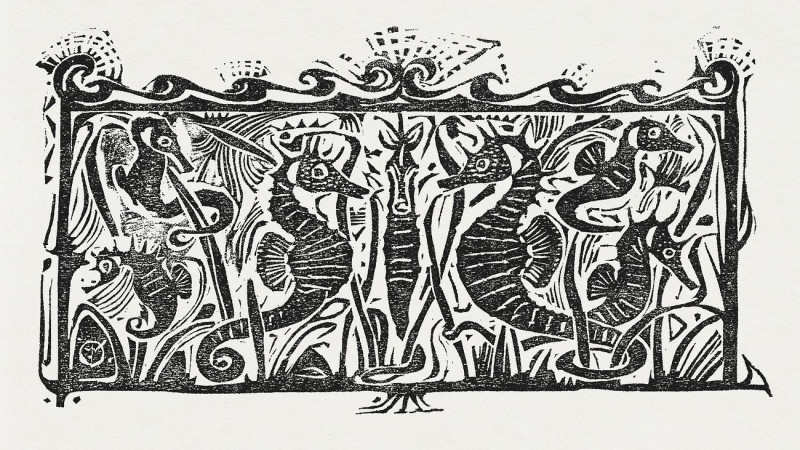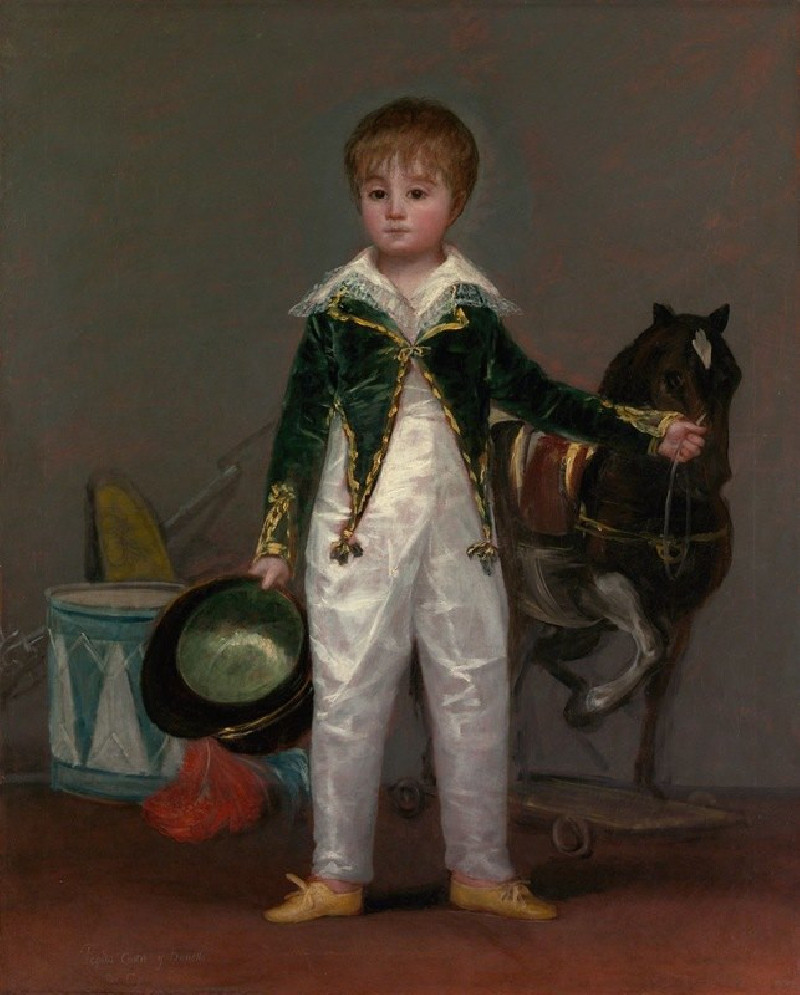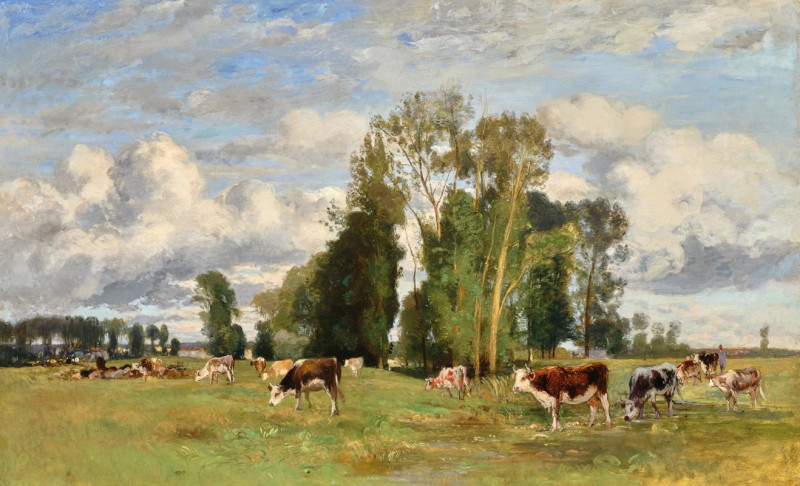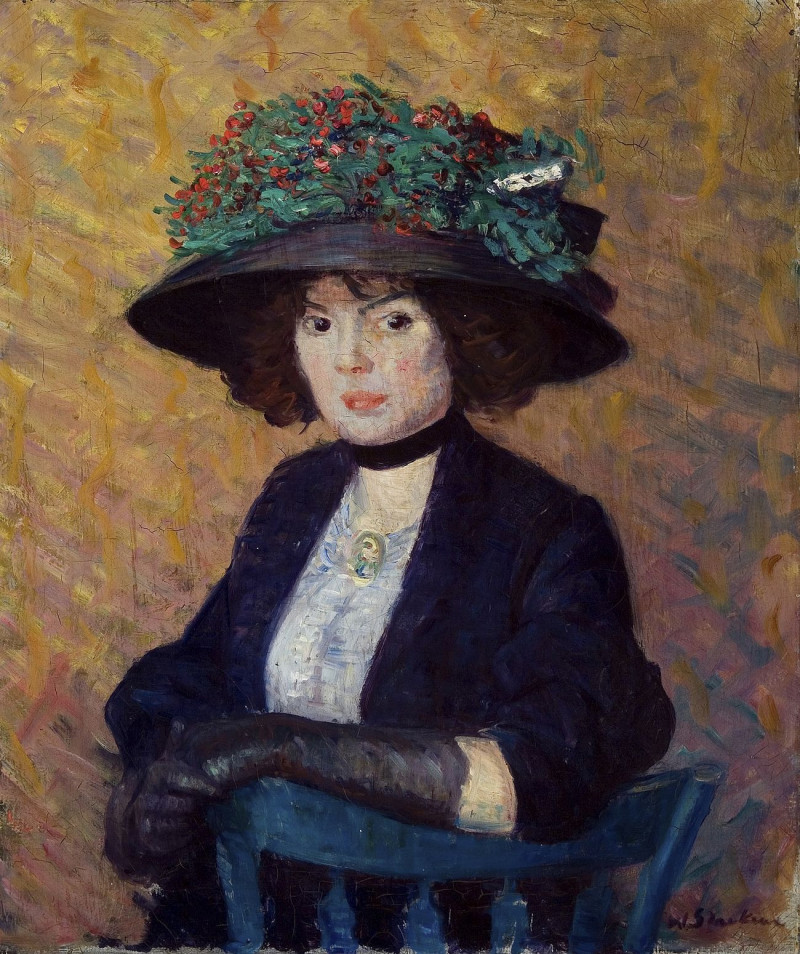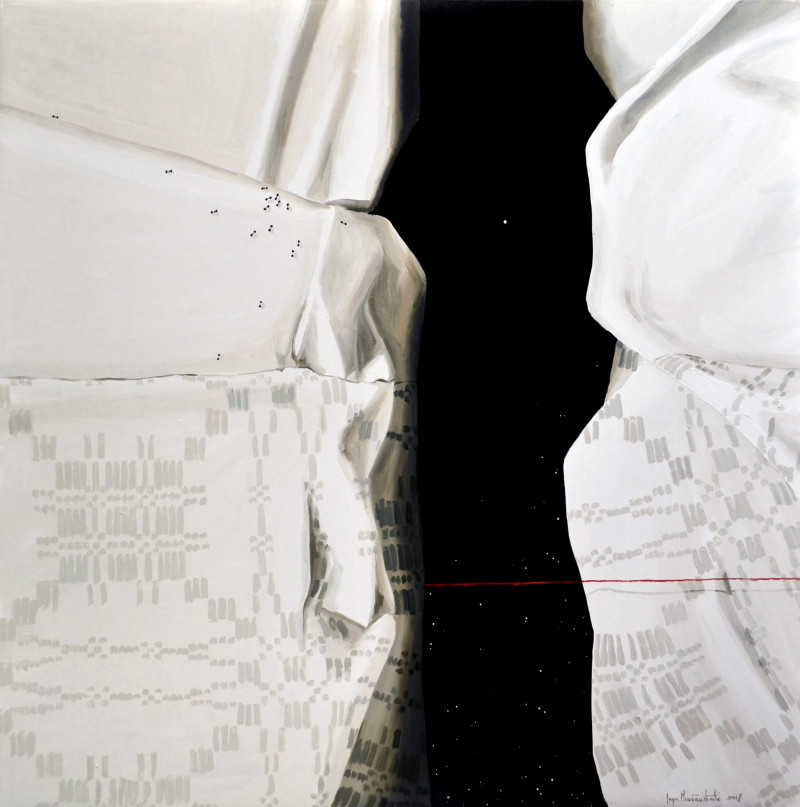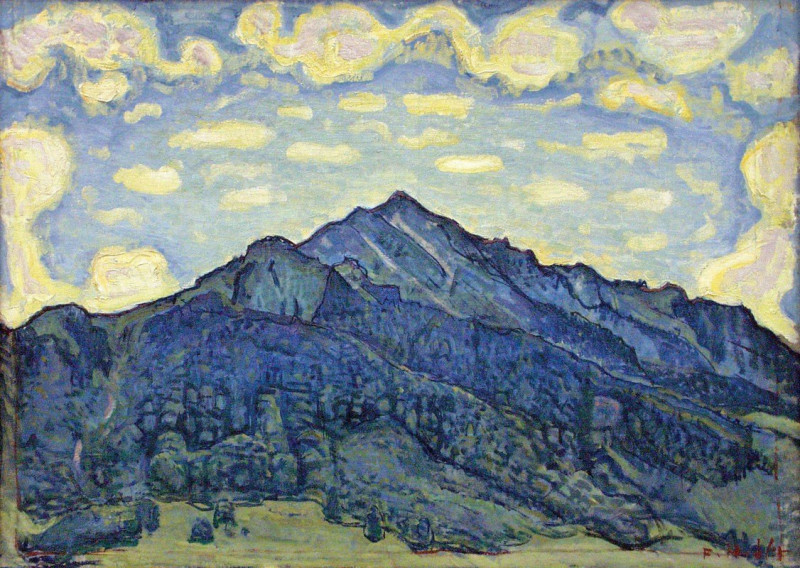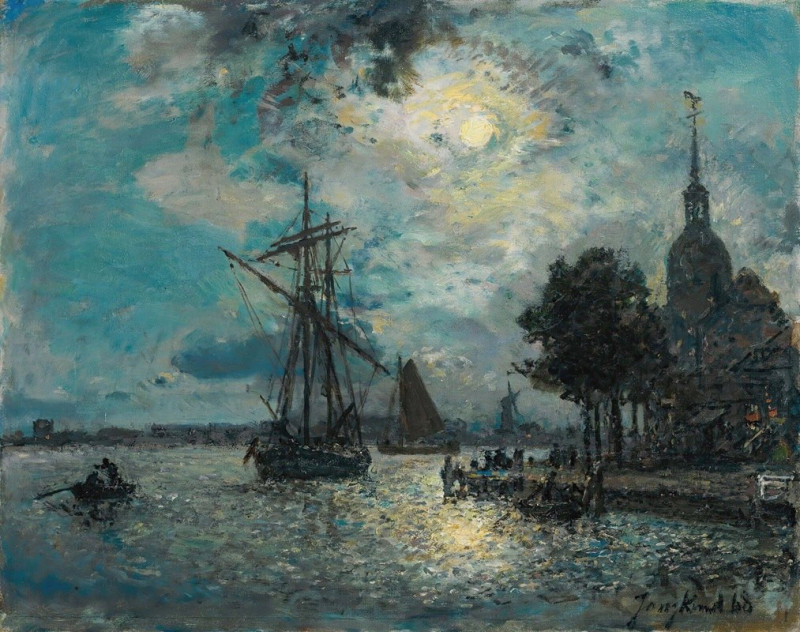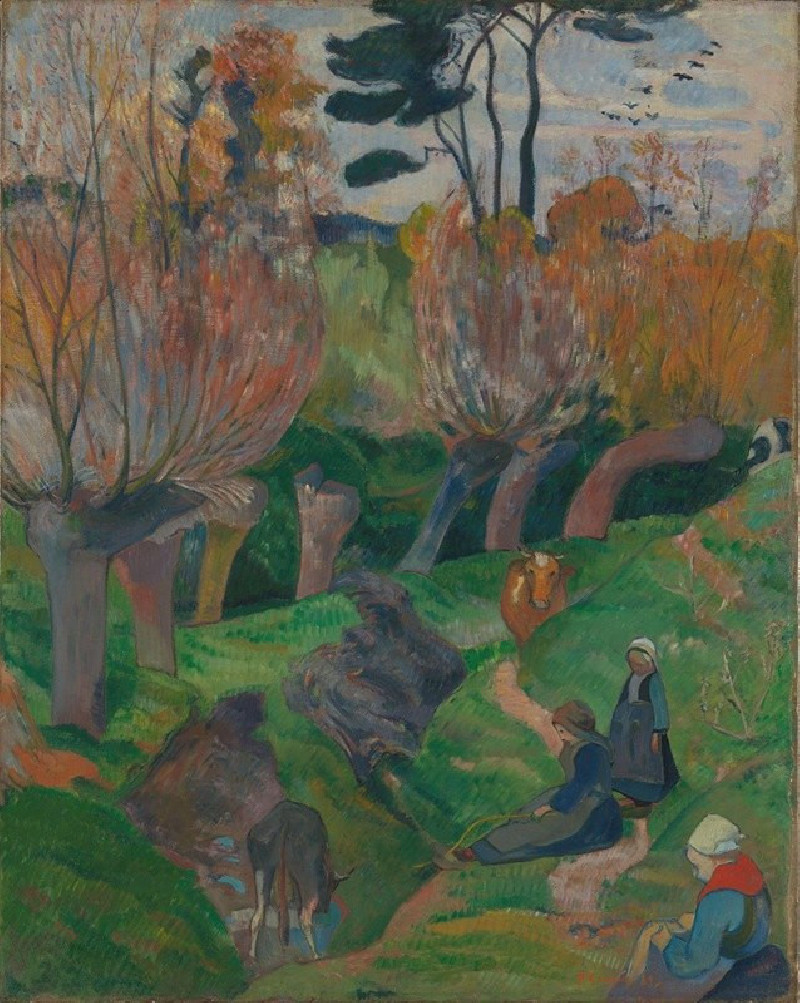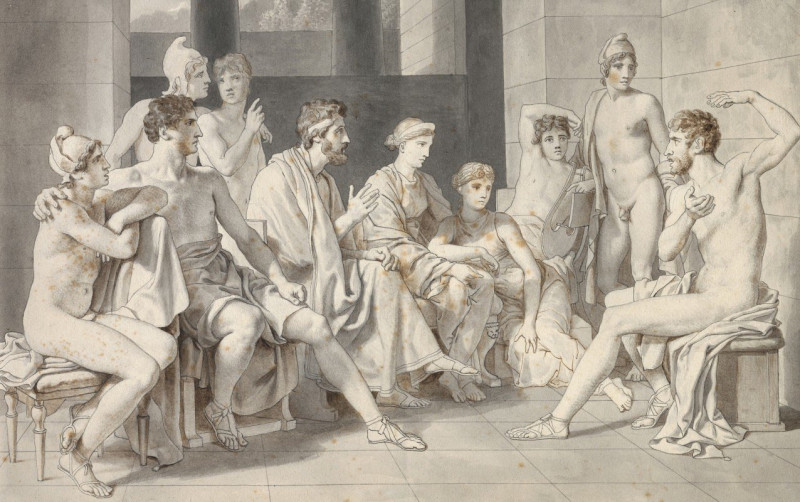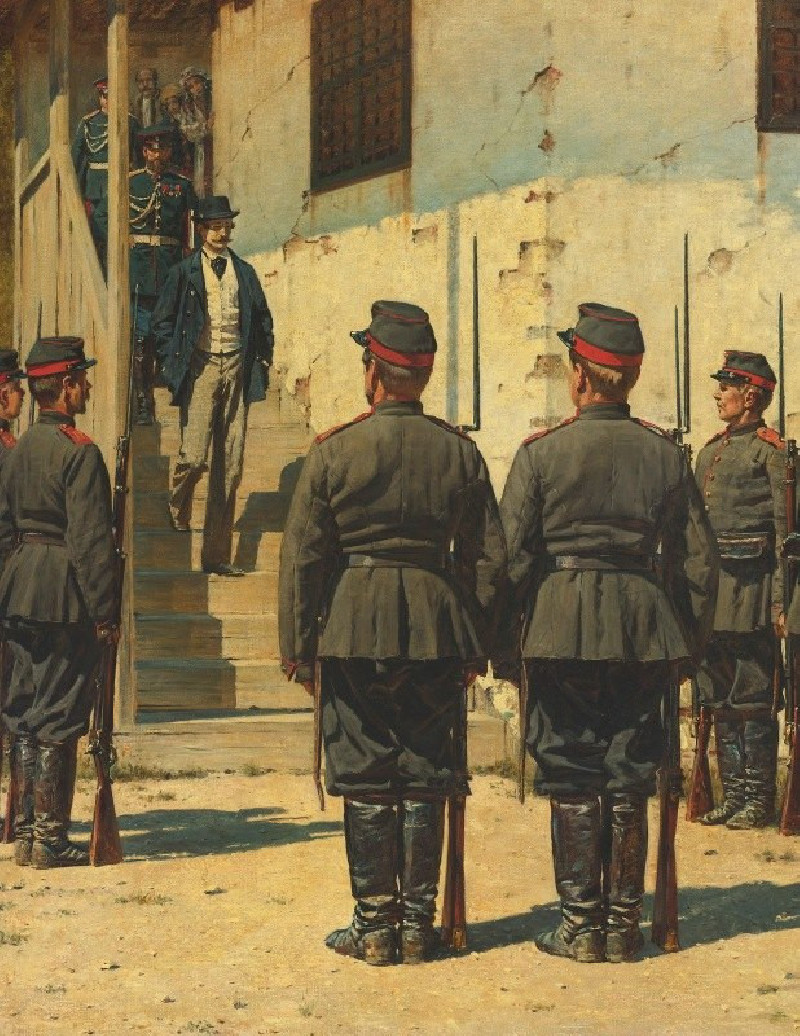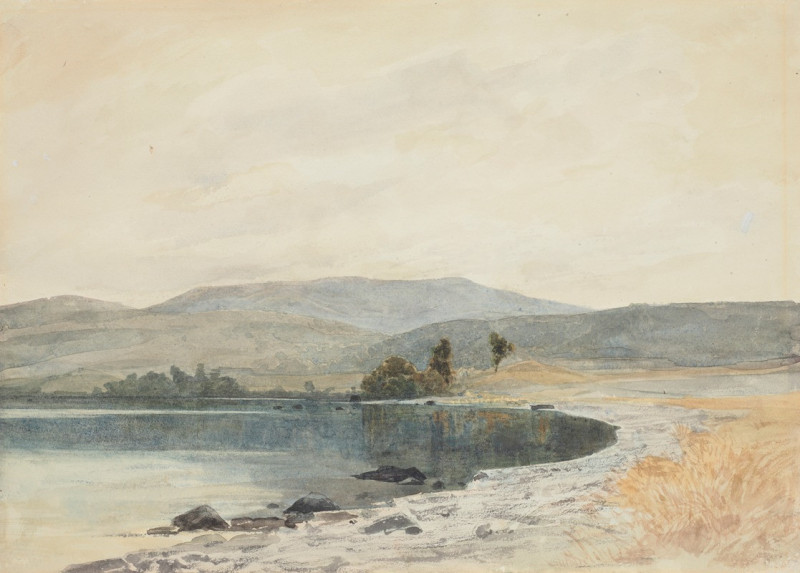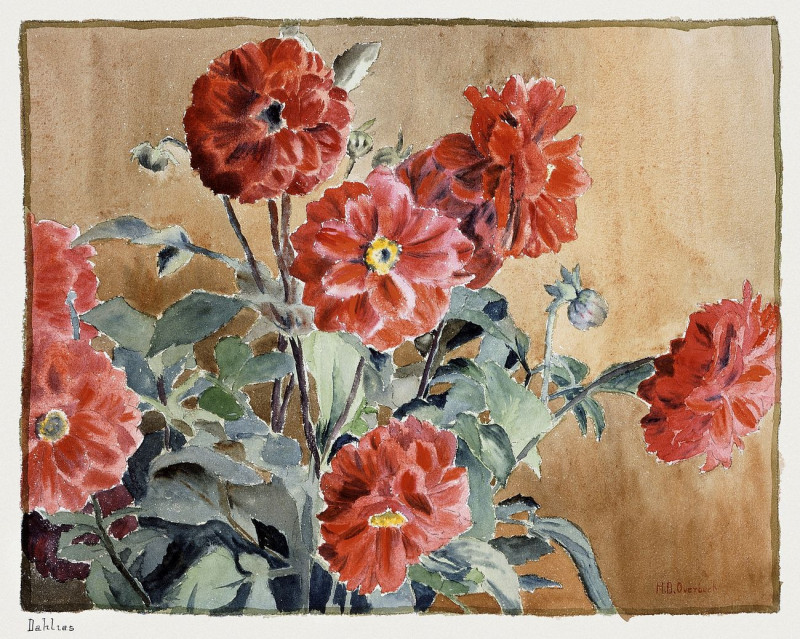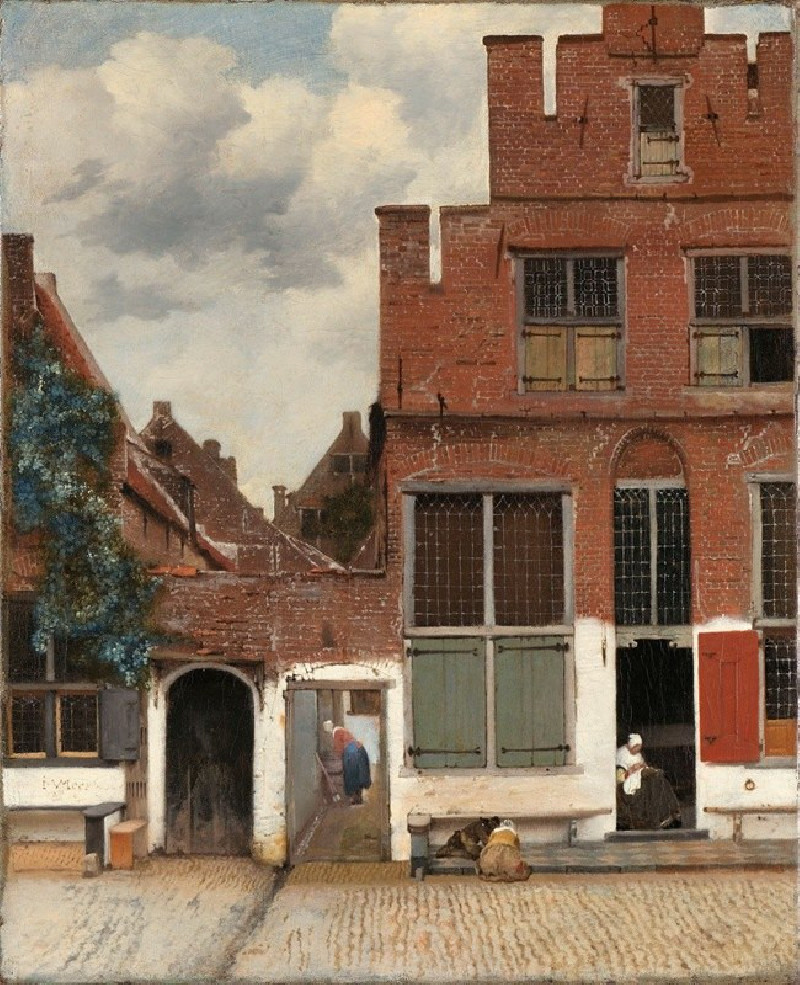Frame Of A Calendar For 1901 With A Woman And Flowers
Technique: Giclée quality print
Recommended by our customers
More about this artwork
The painting titled "Frame Of A Calendar For 1901 With A Woman And Flowers" by Gerrit Willem Dijsselhof showcases an exceptional blend of Art Nouveau design elements, characterized by its elegant decorative aesthetic and the integration of natural forms. The artwork is structured with a striking black and white contrast, emphasizing the elaborate detailing within its composition.Central to the frame is an archway, which captures a striking image of a woman surrounded by a radiant halo of light, almost angelic in form, making her the focal point. This figure is depicted nude, exuding a sense of serenity and purity within the organic setting defined by an abundance of floral patterns, emphasizing themes of beauty and fertility that are often celebrated in Art Nouveau works.Flanking the central arch are vertical panels, each intricately adorned with similar floral motifs that show a deep appreciation for nature. These panels enhance the frame’s symmetry and harmony, enriching the overall visual impact of the design. Toward the bottom of the frame, there are two horizontal sections featuring figures engaged in contemplative poses beside yet more floral embellishments. These scenes might depict interactions or relationships, perhaps illustrating themes of love or contemplation.Overall, the artwork serves not just as a mere decorative piece, but as an expression of the era's artistic fascination with nature, human emotions, and the seamless integration of form and function.
Delivery
Returns
Gerrit Willem Dijsselhof (1866-1924) was a Dutch painter and decorative artist from the Arts and Crafts Movement, which held great importance in the area of Dutch Art Nouveau. He was one of the founding members of the association “Labor et Aartes” together with other students from the art academy in Hague. Dijsselhof was an all-round artist who created furniture, bookbindings, textiles, embroidery patterns and more. He was inspired by the great artists of the movement such as William Morris and Walter Crane.

